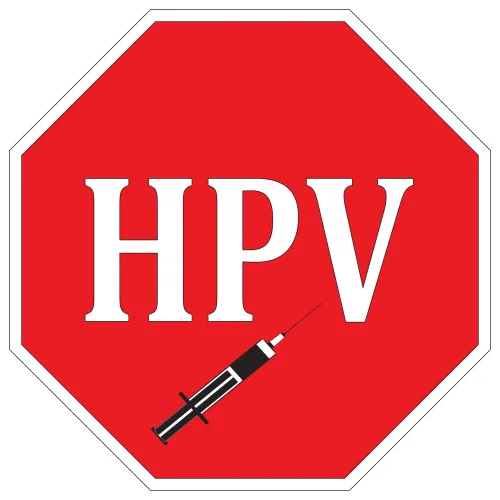Know Notes, Drug Type for Success Coding this Scenario

Questions: We have a patient who is recovering from a stroke, and we are monitoring him for long-term use of a drug to prevent blood clots. In addition to coding for the drug and the patient’s condition, how should we record the encounters? Georgia Subscriber Answer: There are two Z codes that will come into play here. The first, Z51.81 (Encounter for therapeutic drug level monitoring), comes with two important “code also” instructions and three equally important Excludes1 notes. The Excludes1 guidelines for Z51.81 are extensive and include other long-term monitoring codes such as Z02.83 (Encounter for blood-alcohol and blood-drug test), Z08 (Encounter for follow-up examination after completed treatment for a malignant neoplasm) or Z09 (... for conditions other than malignant neoplasm), and Z75.5 (Holiday relief care). The “code also” instructions for Z51.81 mean you will need to report the condition requiring the care, as you say in your question. In addition, you will report the long-term drug therapy using an additional Z code from the Z79 (Long term [current] drug therapy) series. To determine the correct code in the Z79 series, you will have to determine whether the drug your provider is monitoring is an anticoagulant, which slows blood clot formation by inhibiting clotting factors, or an antiplatelet, which stops clots from forming by interfering with the body’s production of thromboxane. So, if your physician is monitoring the use of an anticoagulant such as heparin or apixaban, you will report Z79.01 (Long term [current] use of anticoagulants), but you will report Z79.02 (… use of antithrombotics/antiplatelets) if your patient is using clopidogrel or cilostazol. You should note that both codes come with Excludes2 instructions, which means you should not report either code for the following: Putting it all together: So, supposing the provider is monitoring a patient for use of warfarin to prevent blood clots following a stroke, your coding would look like this: One final note: Both I63.- and R29.7- will need additional digits: to note the type of infarction, in the case of I63 and, in the case of R29.7-, the exact NIHSS score, if known.




